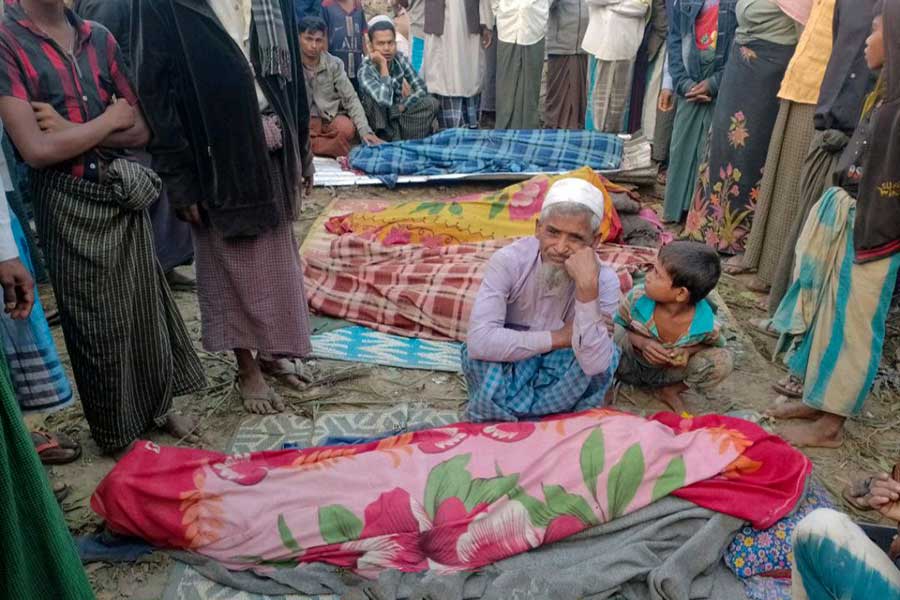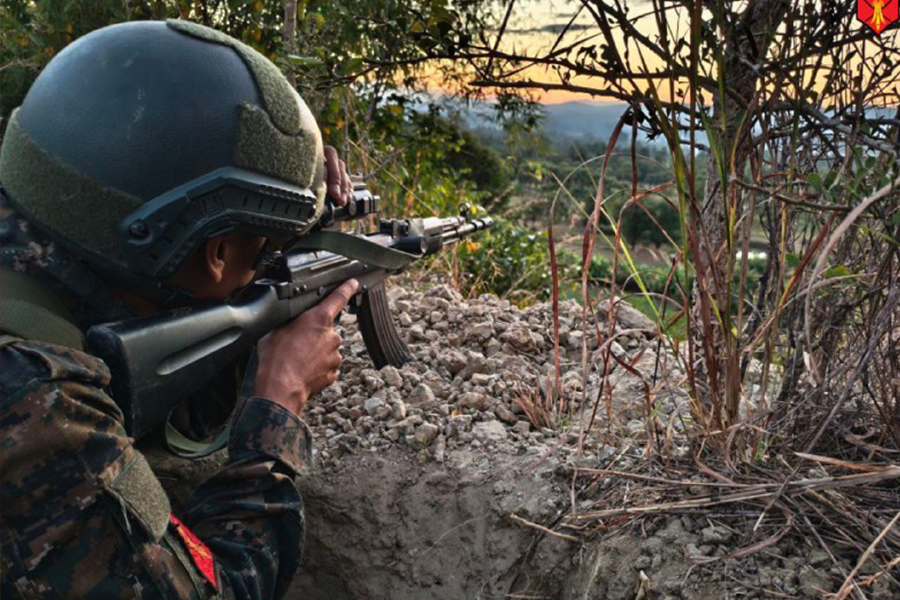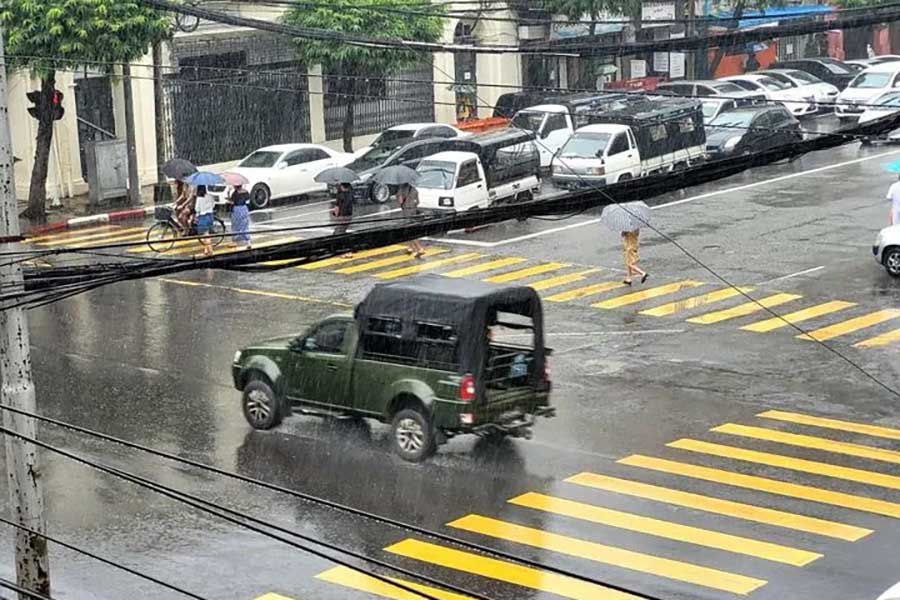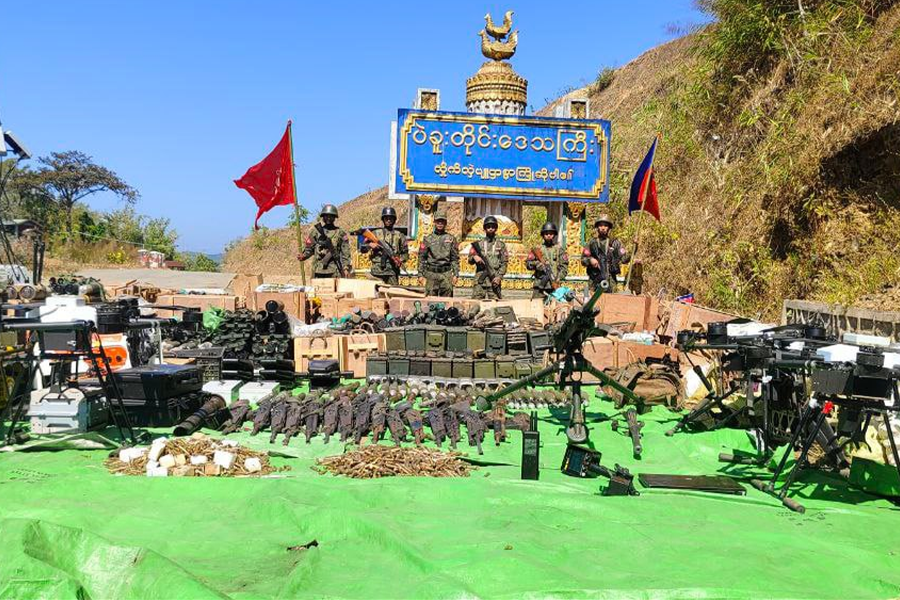- Junta unable to hold elections in dozens of wards and village-tracts in Sittwe, Kyaukphyu
- Fighting escalates between Myanmar military, Arakan Army in Ayeyarwady Region
- Regime steps up civilian arrests in Sittwe
- ULA safeguards Mrauk-U's ancient heritage
- Arakan on the Edge: What the DMG Landmine Impact Report Reveals About Myanmar's Deepening Humanitarian Crisis
Nearly two dozen Muslims killed in junta’s latest massacre in Arakan
Twenty-two Muslim residents were killed and 29 injured in a junta bombing raid on Thardar Village in Arakan State’s Minbya Township on Monday, the Arakan Army (AA) said. Half of the victims killed were children.
20 Mar 2024

DMG Newsroom
20 March 2024, Minbya
Twenty-two Muslim residents were killed and 29 injured in a junta bombing raid on Thardar Village in Arakan State’s Minbya Township on Monday, the Arakan Army (AA) said. Half of the victims killed were children.
A junta jet bombed the Muslim village around 1 a.m. on Monday. Twenty-one people were killed immediately, and 30 were injured.
The AA provided medical treatment for injured residents. One of them succumbed to injuries the following day. The AA has released a list of victims along with their names, ages, occupations and addresses.
Eleven of the victims killed in the bombing raid were children, while two others were just 18. Twelve children were injured.
Twenty-six victims — 13 killed and 13 injured — were residents from Singyipyin Village who were taking shelter in Thardar.
The regime had remained silent on the massacre as of press time. DMG’s calls to junta spokesman Major-General Zaw Min Tun went unanswered.
Six houses were destroyed in the bombing raid on Thardar. A cow was killed and another cow was injured.
The regime is blatantly committing crimes against humanity and war crimes by deliberately targeting civilians, the AA said. It has become a daily routine of the regime to kill civilians and destroy their property, it added.
After suffering consecutive defeats in Arakan State, the regime has increased its deliberate attacks on residential areas including the temporary shelters of displaced people as well as schools, healthcare facilities, historic sites, religious buildings, and roads and bridges.

















